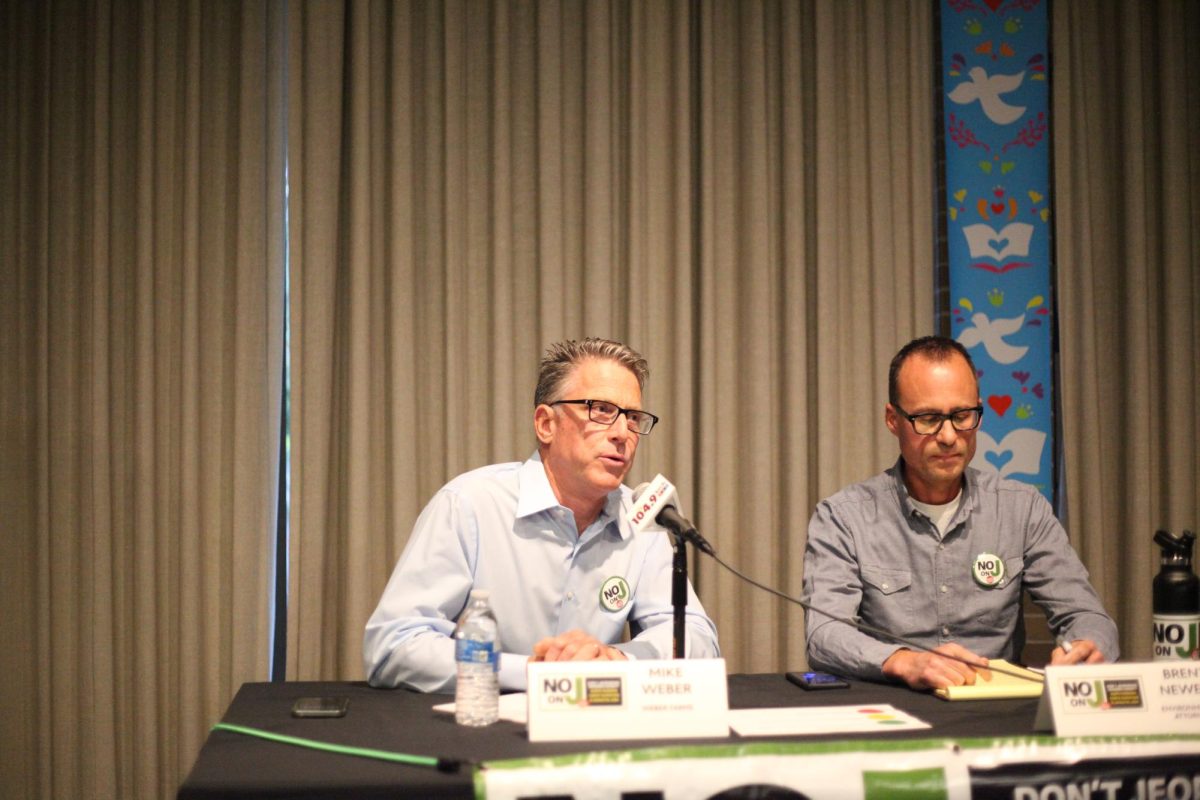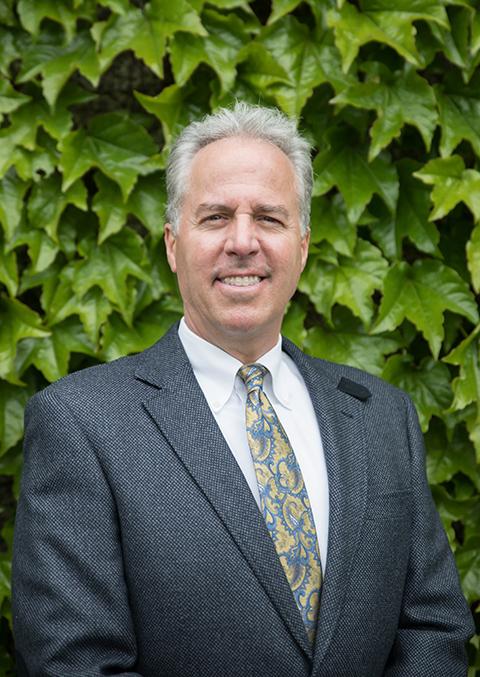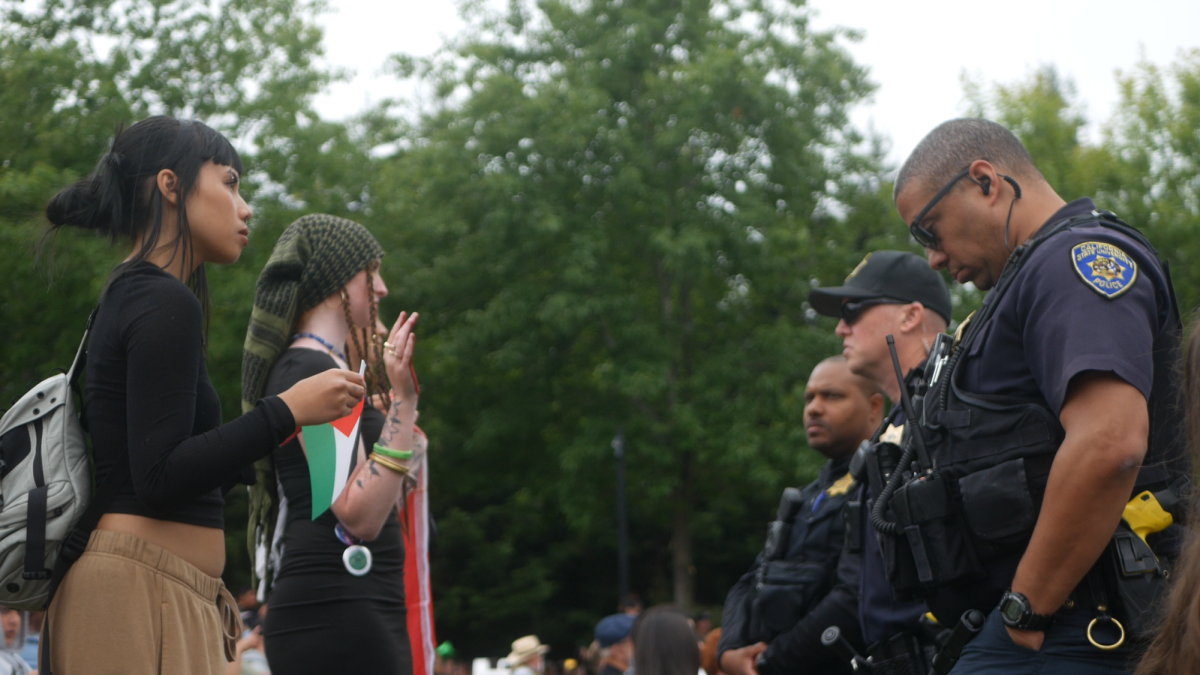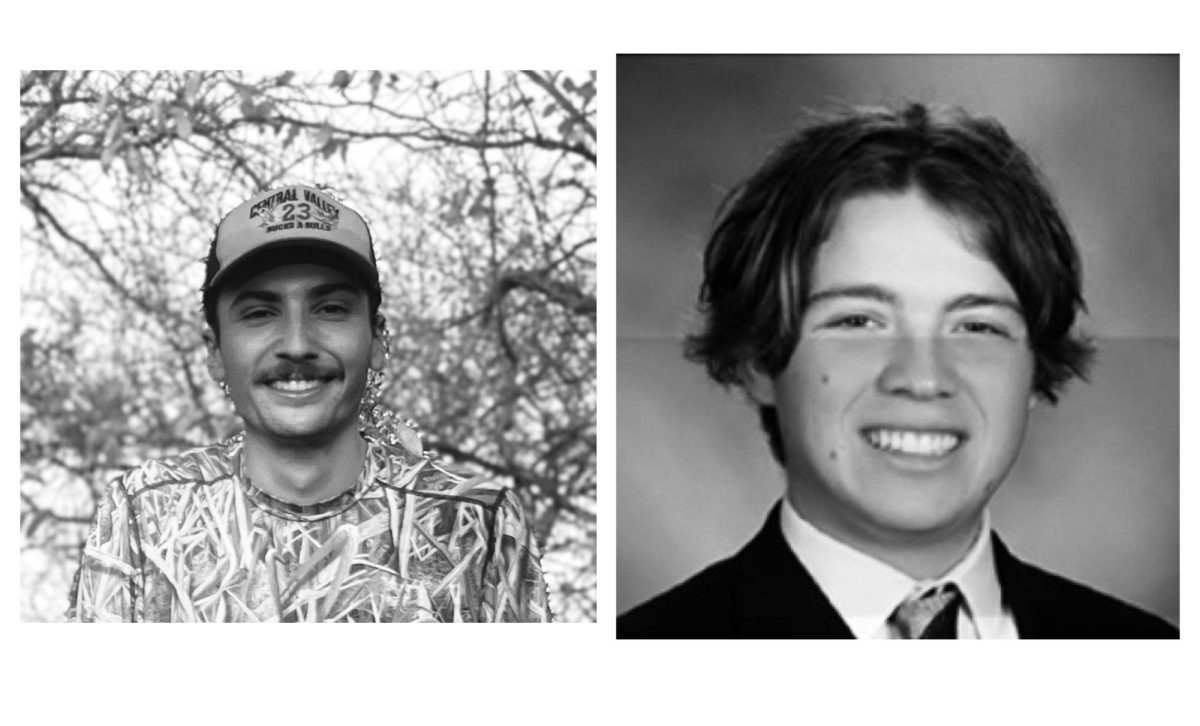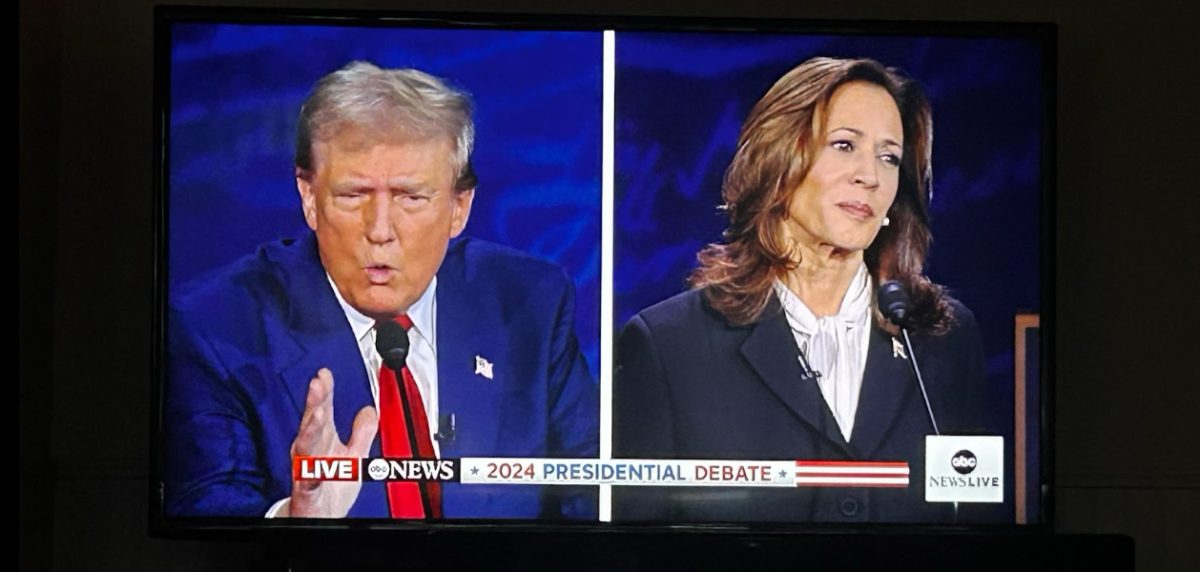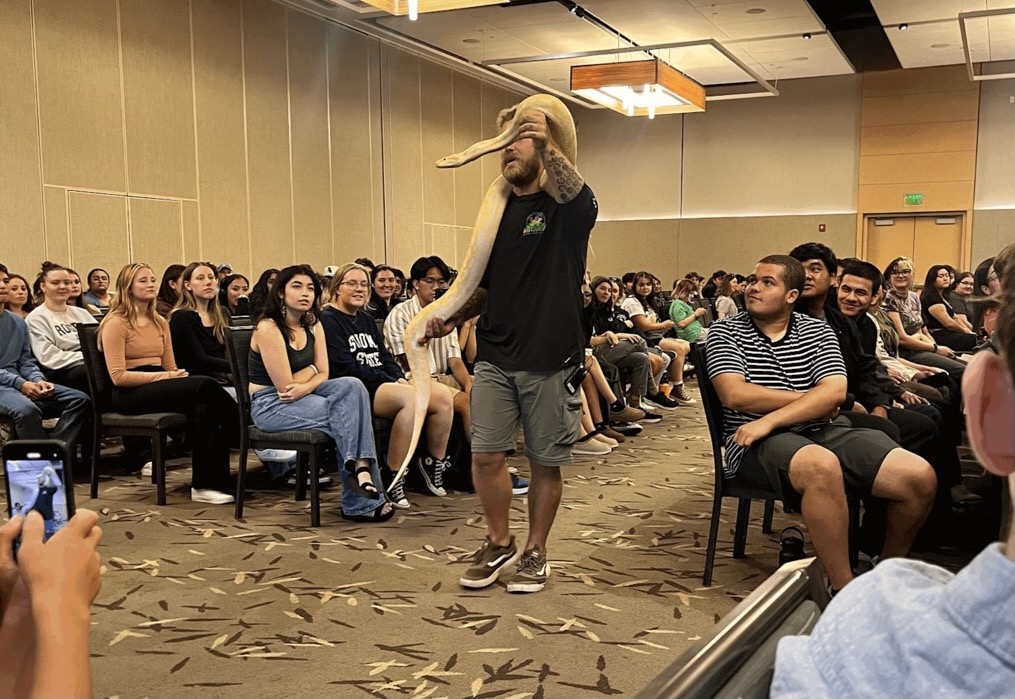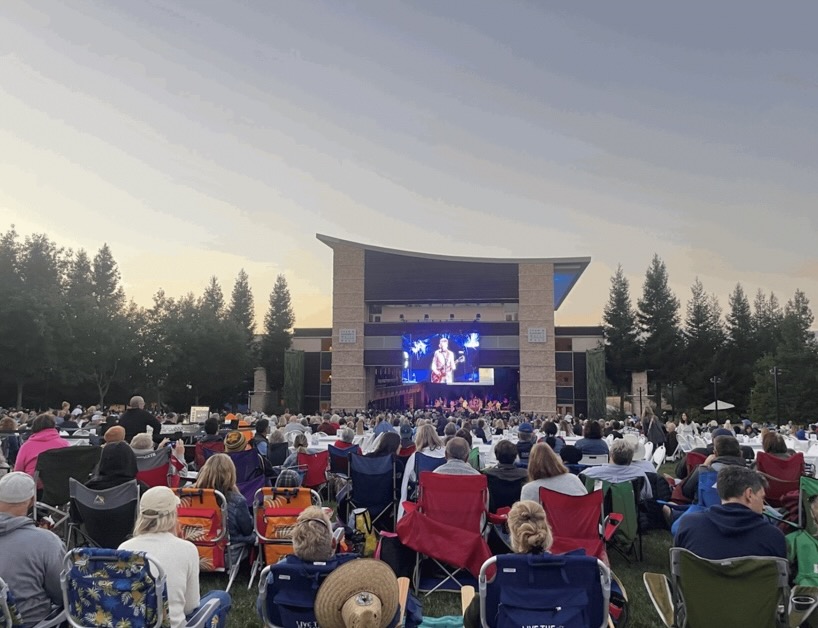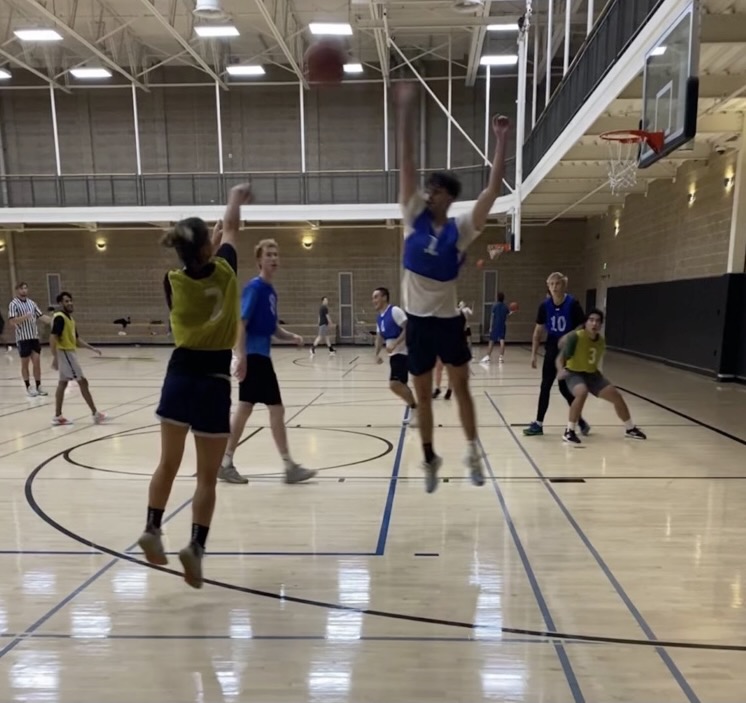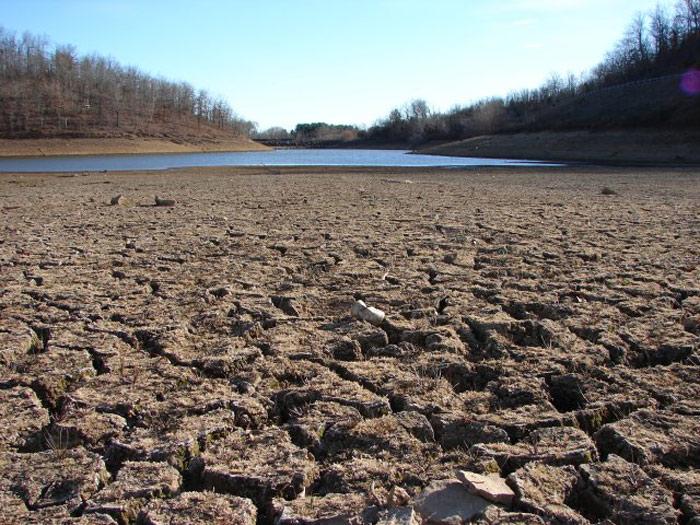California is currently experiencing one of the worst droughts in the states recorded history with no clear signs of relief in sight.
In January, Governor Jerry Brown declared California in a state of emergency due to the extreme drought conditions and warned that we could be headed for a “mega-drought,” urging residents to reduce their water usage by 20 percent.
Currently, 58 percent of the state is within the D-4 category, the highest and driest category on the dryness scale according to United States Drought Monitor.
At this time last year, no part of the state had reached this level and the D-4 category is predicted to spread to more parts of the state.
“Sonoma is already using some really innovative ideas to conserve water such as using recycled water and gray water programs to irrigate lawns,” said Dr. Laura A. Watt, associate professor and chair of environmental studies and planning at Sonoma State University.
In a recent mass email sent out by Craig Dawson, director of energy and environmental health and safety on campus, he suggested multiple ways people living on campus can cut back on the amount of water they use by shorting shower times, soaking pots and pans in the sink, washing only full loads of laundry and reporting any leaks immediately to Seawolf Services.
“20 percent of the energy used in California is used to move water around, the fact that we have water coming out of the tap is a pretty amazing thing. The more people can gain awareness about water conservation, the better off we will be in the long run in preparing for the next drought that is inevitably going to come,” said Watt.
Awareness about the drought and the message of water conservation is spreading as fast as the ALS ice bucket challenge.
Many students are concerned about the drought and are doing their part to conserve.
“I try my best to waste as little water as I can” said Pete Widders, a junior at Sonoma State, “I no longer leave the water running when I brush my teeth and cut my shower time by 30 percent. It’s concerning to think that we could run of such an important resource that all of our lives depend on.”
It is unclear when the much-needed rain will return to California to refill our reservoirs and replenish our dwindling water supply.
Local communities such as Healdsburg and Cloverdale in Sonoma County are cracking down on water wasters after they were endanger of loosing water completely within 60 to 120 days back in January.
“California has been a going through periodic droughts for millennia,” said Watt. “It shouldn’t be surprising that we are in a drought, you can’t predict when they are going to come, but we’ve always known that we are going to have more drought cycles”
“I’m hoping this winter will bring a lot of rain to California, things are a little tense right now but I’m hoping that I won’t have to leave California because of the drought.” Widders said, “It’s a group effort to conserve our water, every little bit counts right now and people need to look at the big picture, it’s a humanitarian effort.”

